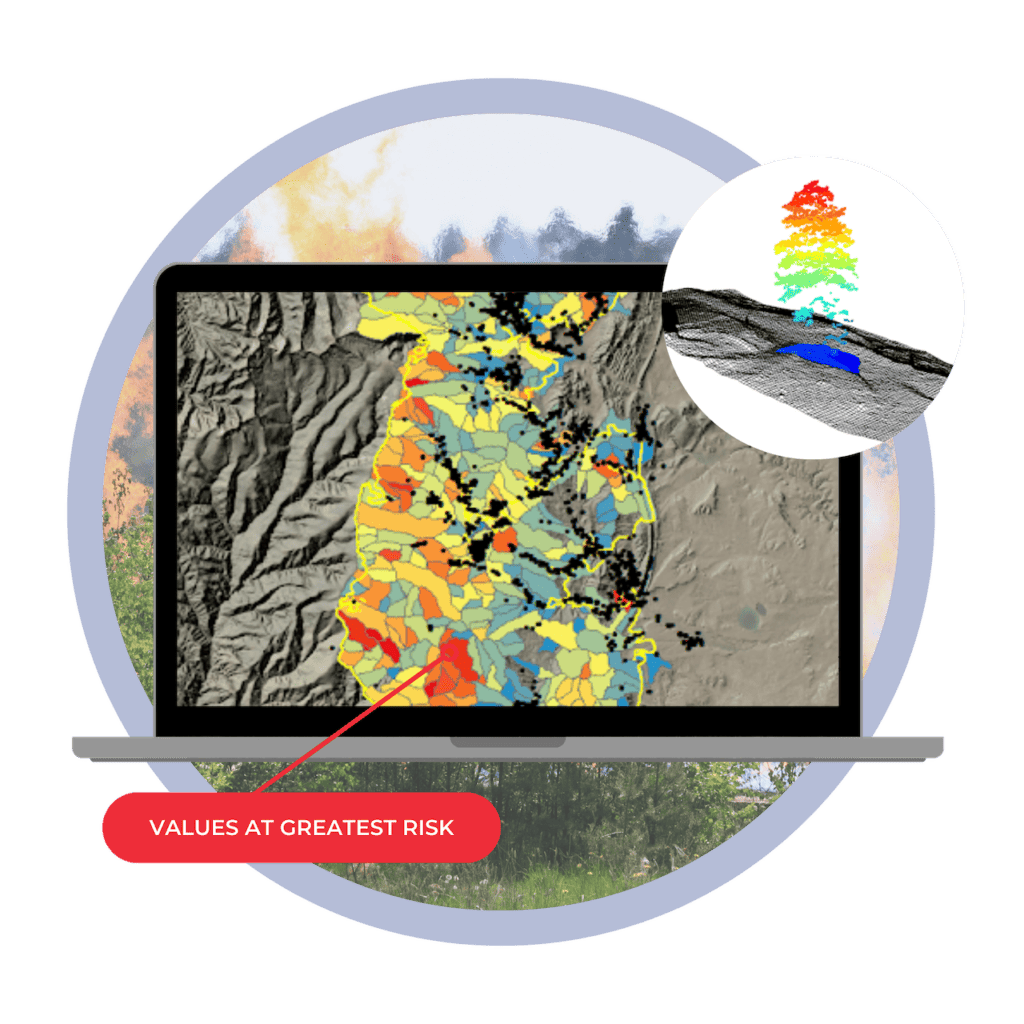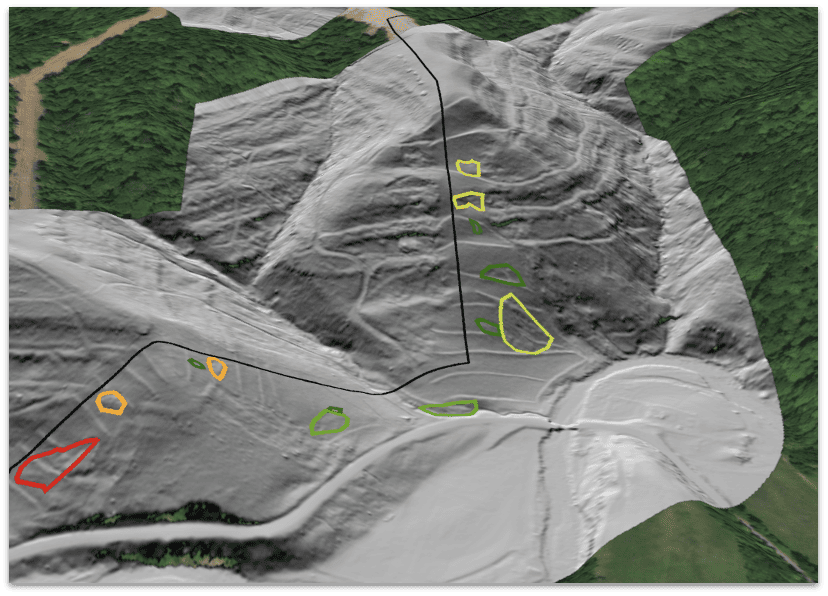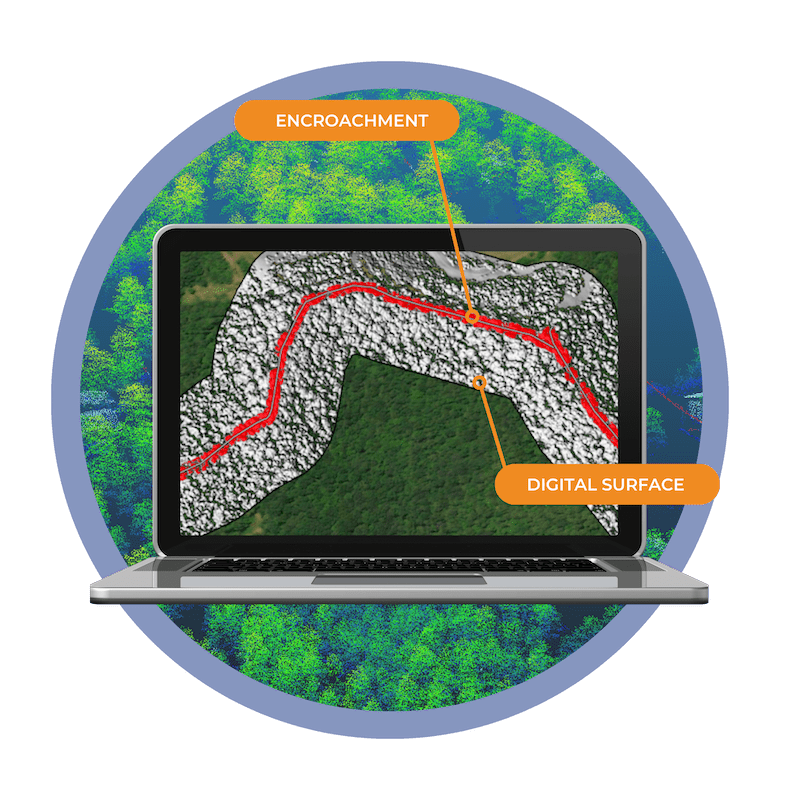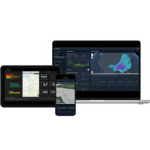As environmental factors increasingly impact utility infrastructure, integrating advanced environmental analytics into utility providers’ safety strategies is paramount. Here’s a look at the top environmental intelligence analytics that can significantly enhance safety management for utilities.

1. Wildfire Risk Analytics
Wildfires pose a significant threat to utility infrastructure, particularly in areas with dense vegetation and dry conditions. Wildfire risk analytics involve monitoring vegetation growth, wind patterns, and dryness levels to predict potential fire hazards. By analyzing this data, utilities can implement preventive measures such as clearing vegetation near power lines and adjusting maintenance schedules to reduce fire risks.
2. Weather and Climate Analytics
Extreme weather events, including storms, high winds, and temperature extremes, can severely impact utility operations. Weather and climate analytics use real-time and historical data to forecast these events and assess their potential impact on infrastructure. Utilities can prepare for adverse conditions by reinforcing vulnerable areas, planning for potential outages, and optimizing asset management to ensure resilience.
3. Flooding Risk & Hydrology Analytics
Flooding is another critical risk that utilities must manage, particularly in flood-prone areas. Flood and waterway risk analytics utilize hydrological models and real-time weather data to predict flooding events. By understanding flood risks, utilities can take protective measures such as sandbagging, rerouting power lines, and relocating critical assets to mitigate the impact of floods.
4. Geospatial Hazard Mapping

Geospatial hazard mapping involves visualizing environmental hazards such as landslides, earthquakes, and other geophysical risks associated with earth movement. Using satellite imagery, LiDAR, and GIS data, utilities should identify risk areas and assess the vulnerability of assets. This type of data mapping helps in strategic decision-making regarding asset placement, emergency preparedness, and risk management.
5. Vegetation Management and Encroachment Analytics
Vegetation growth near power lines and substations can pose fire risks and cause power outages. Vegetation management and encroachment analytics use remote sensing data and drone imagery to monitor vegetation and prioritize maintenance activities. By managing vegetation effectively, utilities can prevent potential hazards and ensure the safe operation of infrastructure.

6. Heat Stress and Solar Radiation Analytics
High temperatures and solar radiation can affect the performance of utility equipment, particularly during peak summer months. Heat stress and solar radiation analytics monitor the impact of extreme heat on transformers, cables, and other assets. Utilities can use this data to implement cooling measures, schedule maintenance, and prevent equipment failures.
7. Environmental Compliance and Impact Analytics
Maintaining compliance with environmental regulations and minimizing ecological impact are fundamental for sustainable utility operations. Environmental compliance and impact analytics analyze data on emissions, waste management, and land use. Utilities can use this data to guide sustainable practices, reduce their environmental footprint, and ensure adherence to legal requirements.
Work Smarter with Big Data
Integrating environmental intelligence into safety management strategies allows utilities to proactively address risks and enhance operational resilience. By leveraging these top analytics, utility companies can effectively manage environmental hazards, ensure compliance, and protect both infrastructure and the surrounding environment.



How can Teren help you?
We'd love to hear from you.
- Ready to dive deeper? -
Knowledge Hub
White Papers
Webinars